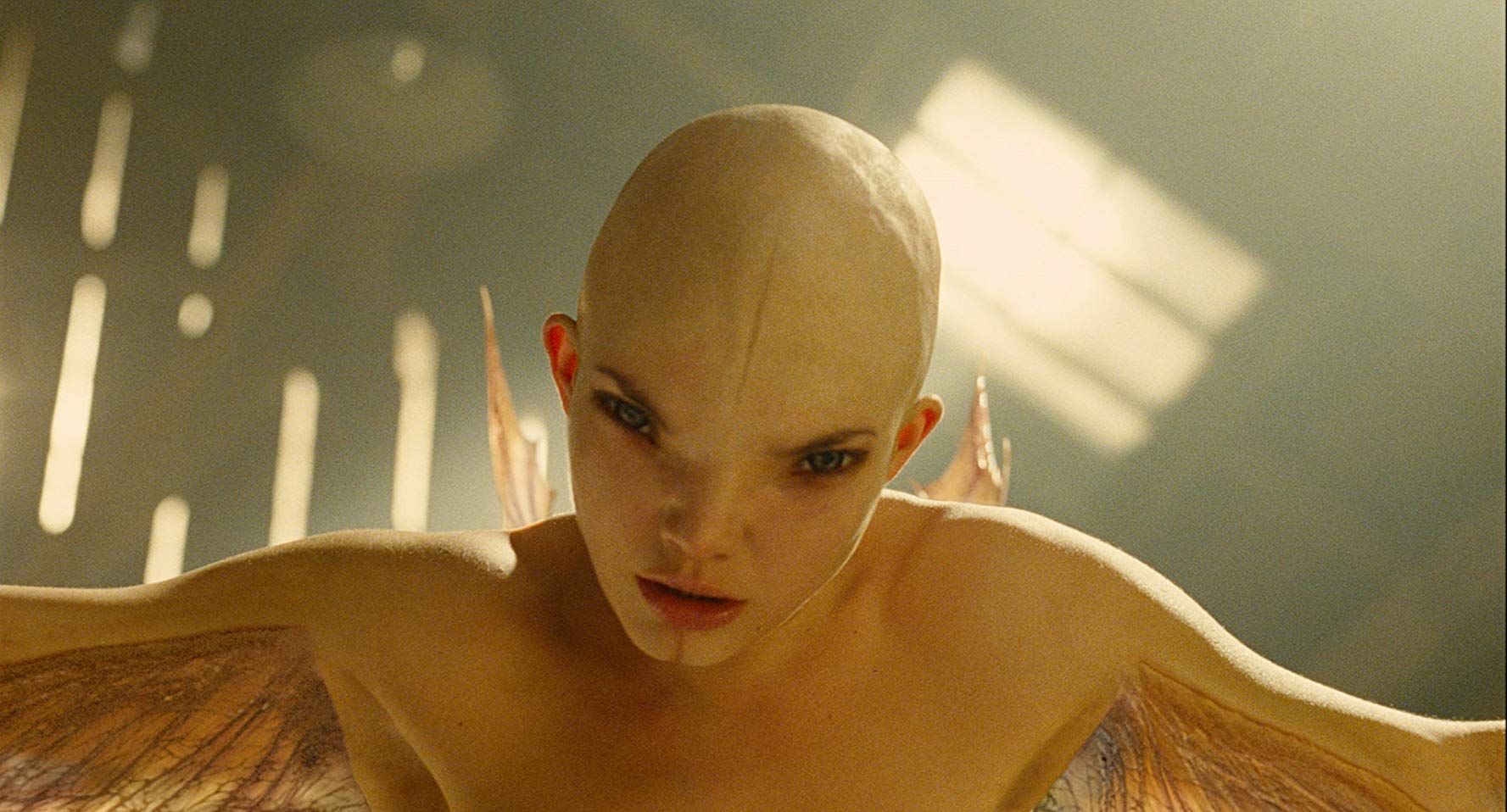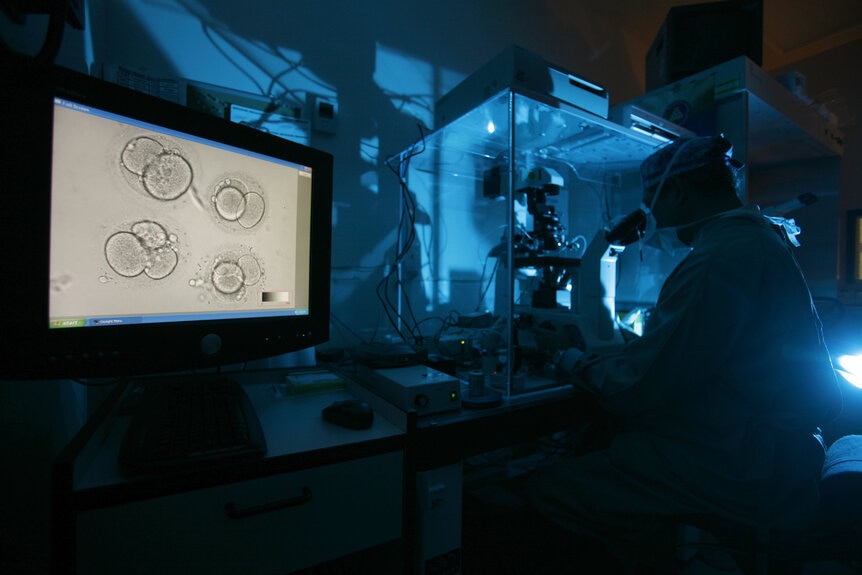Create a free profile to get unlimited access to exclusive videos, sweepstakes, and more!
Japan approves experiments splicing human DNA with animal embryos

It seems like the next step in human evolution (or animal evolution depending on where you're standing) will be man-made. According to a recent report by Nature, Japan's government has just approved experiments that will splice human cells into animal embryos, and then implant said embryos into surrogate animals, in an effort to grow human-congruent organs that can be used for transplant purposes.
Heading the experiments at the University of Tokyo is Hiromitsu Nakauchi, who plans to nurture human cells in rat and mouse embryos before moving the developing fetus to yet another animal for gestation. The hope is that the embryo will develop into an animal with human cells, meaning that the organs inside the newly-grown beast could then be surgically placed inside sick individuals that need new hearts, livers, pancreases — you name it.
Theoretically, if Nakauchi and his team are successful, donor lists would become a thing of the past. While that's incredibly exciting for the world of modern medicine, we shouldn't get ahead of ourselves just yet, because a breakthrough is probably years away.
Presumably having taken Ian Malcolm's words about playing God to heart, Nakauchi won't be rushing into this uncharted scientific territory. Per the report, he and his team are very aware of the possibility that human cells could affect the thought process of a developing animal. The plan is to stick to "targeted organ generation" by genetically engineering an animal that can't grow a certain type of entrail. Once they lock that down, the developing embryo will be injected with special human stem cells that may stimulate growth of the missing organ, which would, in theory, end up as human compatible viscera. The whole process begins by growing "hybrid mouse embryos until 14.5 days, when the animal’s organs are mostly formed and it is almost to term. He will do the same experiments in rats, growing the hybrids to near term, about 15.5 days. Later, Nakauchi plans to apply for government approval to grow hybrid embryos in pigs for up to 70 days."
“It is good to proceed stepwise with caution, which will make it possible to have a dialogue with the public, which is feeling anxious and has concerns,” said science-policy researcher Tetsuya Ishii of Hokkaido University in Sapporo, Japan in a statement run by Nature.
Until March of this year, such experiments were wholly illegal in Japan. Before the ban was lifted by Japan’s education and science ministry, scientists could not grow animal-human hybrid cells beyond 14 days, let alone move them into a surrogate. Despite the practice being legal in the United States, our own National Institutes of Health placed a temporary ban on funding it in 2015. Animal-human cells have indeed been created in America, but never brought to term.
Even so, it’s a slippery genetic slope. After all, it probably won’t be long before critics of the program begin imagining extreme scenarios but in reverse — say, inserting animal cells into human embryos. Does this mean humans could one day regrow appendages, lizard-like, after losing one? Don’t count on it (though as we all know, that didn’t end so well for Dr. Curt Connors in The Amazing Spider-Man), but there are still plenty of kinks — biological and ethical — to work out before any of this can have practical applications
So worry not, it doesn't sound like we as a species will be walking around in a world like 2009's Splice — a sci-fi horror film where scientists created Dren (shown above), a human/animal hybrid with wings, a tail, and amphibious (and sometimes amorous) tendencies — just yet. Or that uber creepy Batman Beyond episode from 1999, "Splicers," where young people started injecting themselves with animal DNA because it was the cool and hip thing to do. Or even Repo, a film (based on Eric Garcia's novel) where synthetically-made replacement organs are sold for exorbitant fees and ripped out of transplantees if they can't pay their bill on time.
Regardless, it's all very complex (after all, we're tinkering with the minuscule building blocks of life here), but that doesn't mean we can't get pumped about unlocking the mysteries of our genes and those of our animal brethren. So long as it's done cautiously and responsibly, we'll be here to welcome the future of DNA splicing with a big ol' bear hug, and should it all work out, hopefully we'll have literal fuzzy bear arms to carry out the loving embrace.














